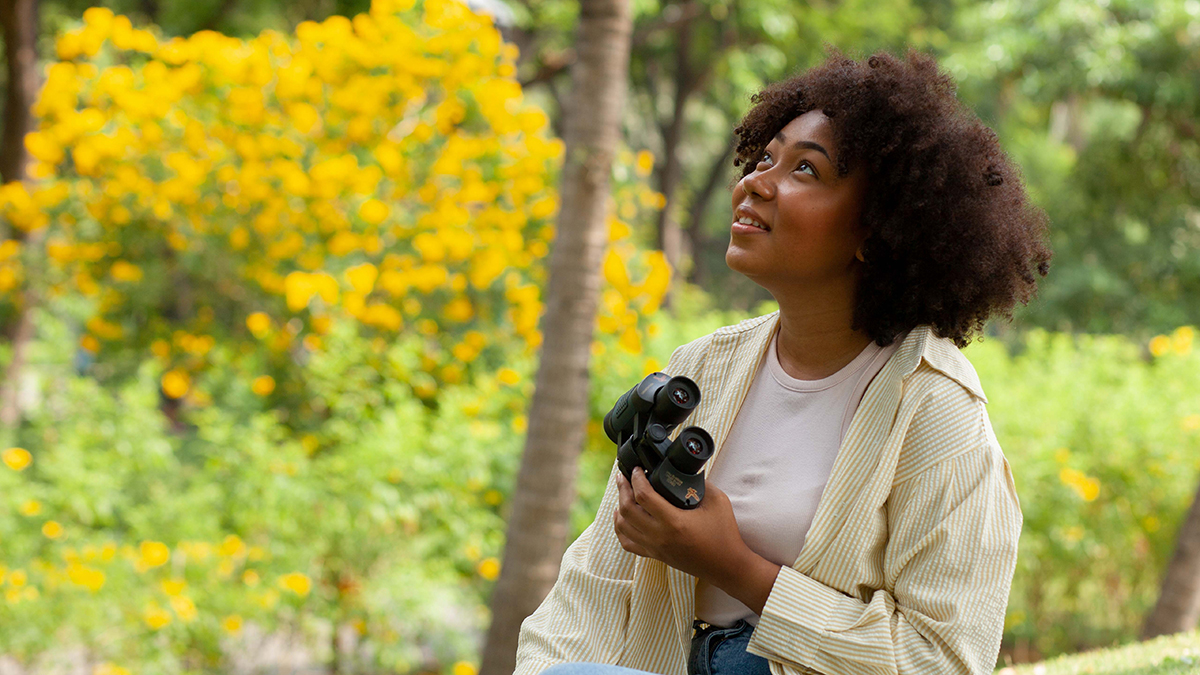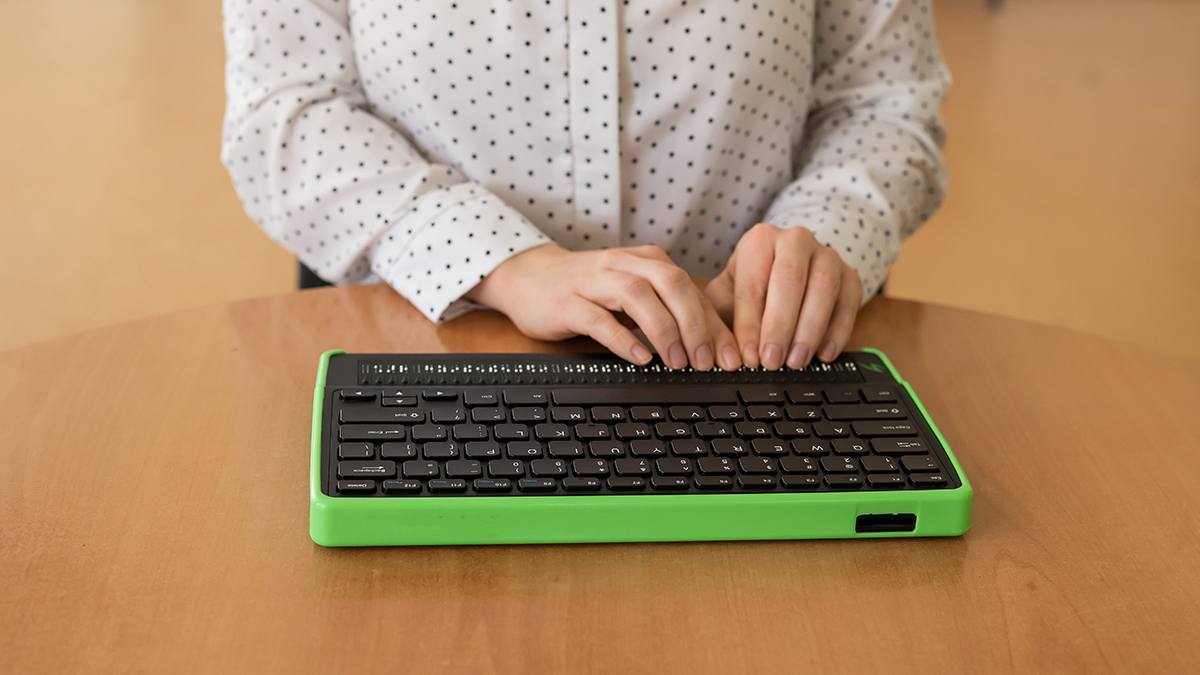feature
Teaching Environmental Social Justice
“My advice is to BE AWARE”
The Science Teacher—November/December 2022 (Volume 90, Issue 2)
By Donna L. Ross, Kimberly Elliot, and Jeff Bonine

feature
Visualize Your Pulse With Physical Computing
feature
Accomodating Visually Impaired Students in Secondary Science
feature
Wildfire!
The Science Teacher—November/December 2022 (Volume 90, Issue 2)
By Michael Giamellaro, Elinor Wilson, and Heidi Dixon

Idea Bank
Getting to the STEM of Environmental Justice
Equity Causes Enrich Student Learning in Science Classrooms
The Science Teacher—November/December 2022 (Volume 90, Issue 2)
By Fatemeh Mirghassemi
Focus on Physics
Aha! Moments When Teaching Acceleration
The Science Teacher—November/December 2022 (Volume 90, Issue 2)
By Paul G. Hewitt
commentary
A Science Teacher-Friendly Primer on Implicit Bias
The Science Teacher—November/December 2022 (Volume 90, Issue 2)
By Kurtz Miller
commentary
Gender Identity Inclusive Pedigree Chart for High School Biology
Editor’s Corner
Direct Instruction
A Healthy Place for Both Science Teachers and Students?

November/December 2022
Volume 60, Number 2
Earth's Place in the Universe
Younger elementary students begin to wonder and ask questions about where they live, beyond their homes or neighborhoods.

November/December 2022
Volume 60, Number 2
Earth's Place in the Universe
Younger elementary students begin to wonder and ask questions about where they live, beyond their homes or neighborhoods.







